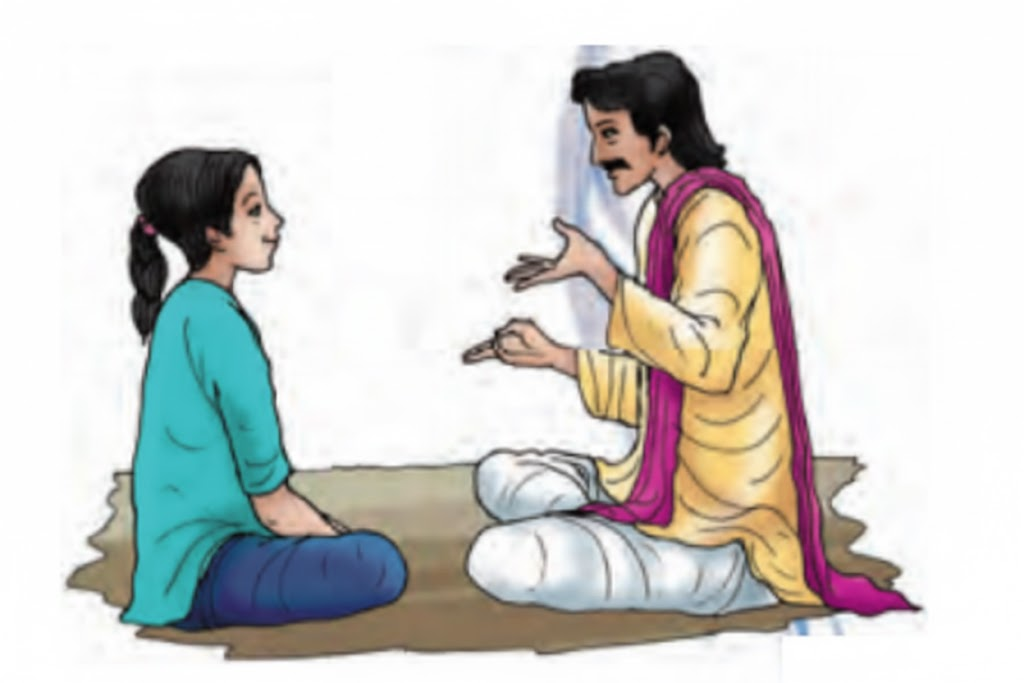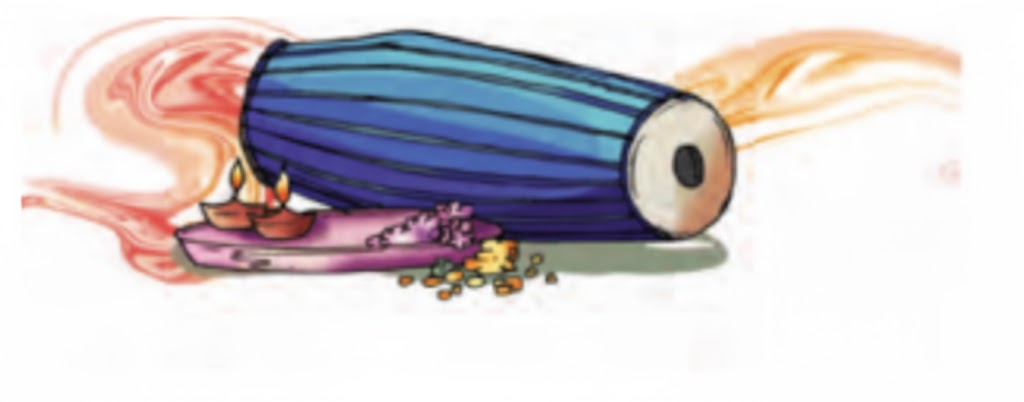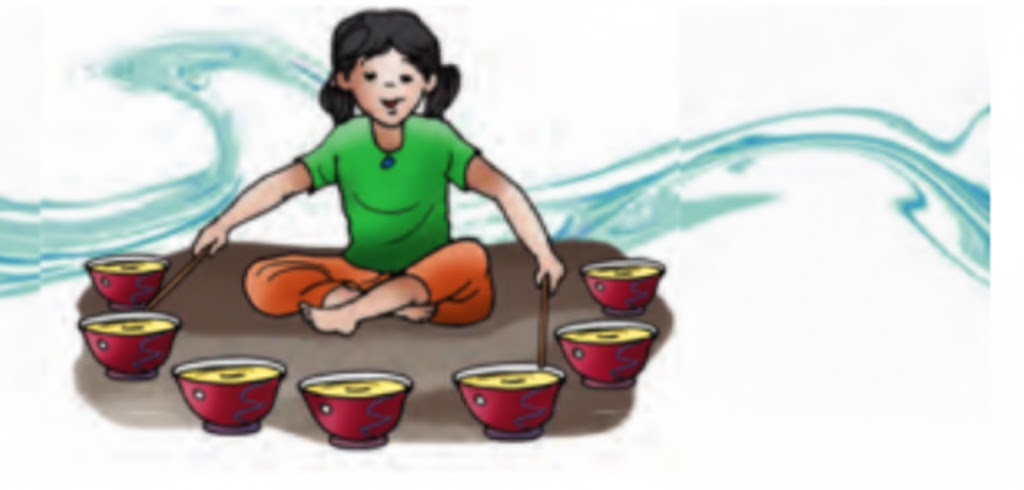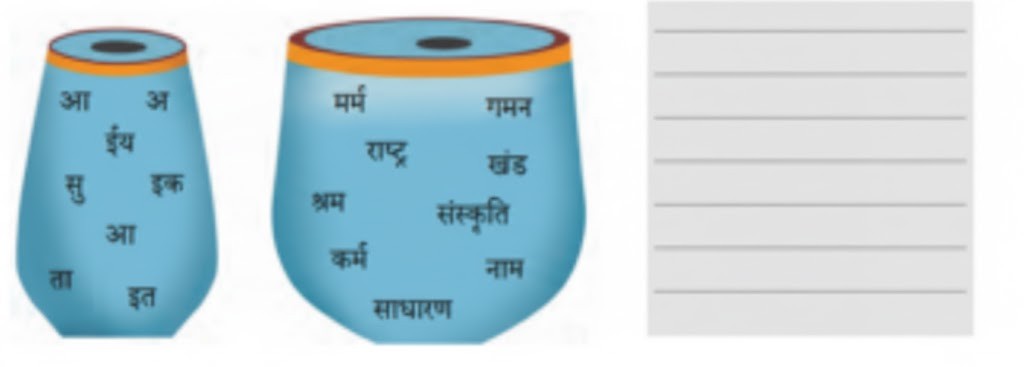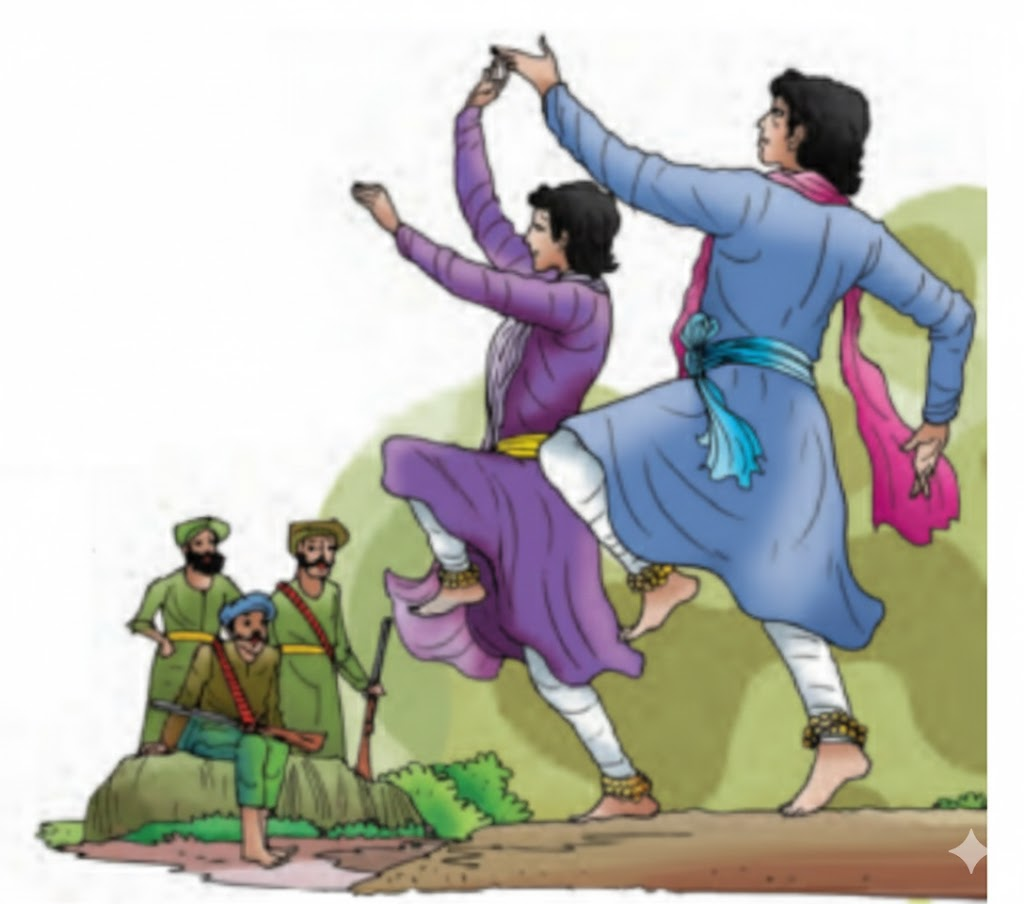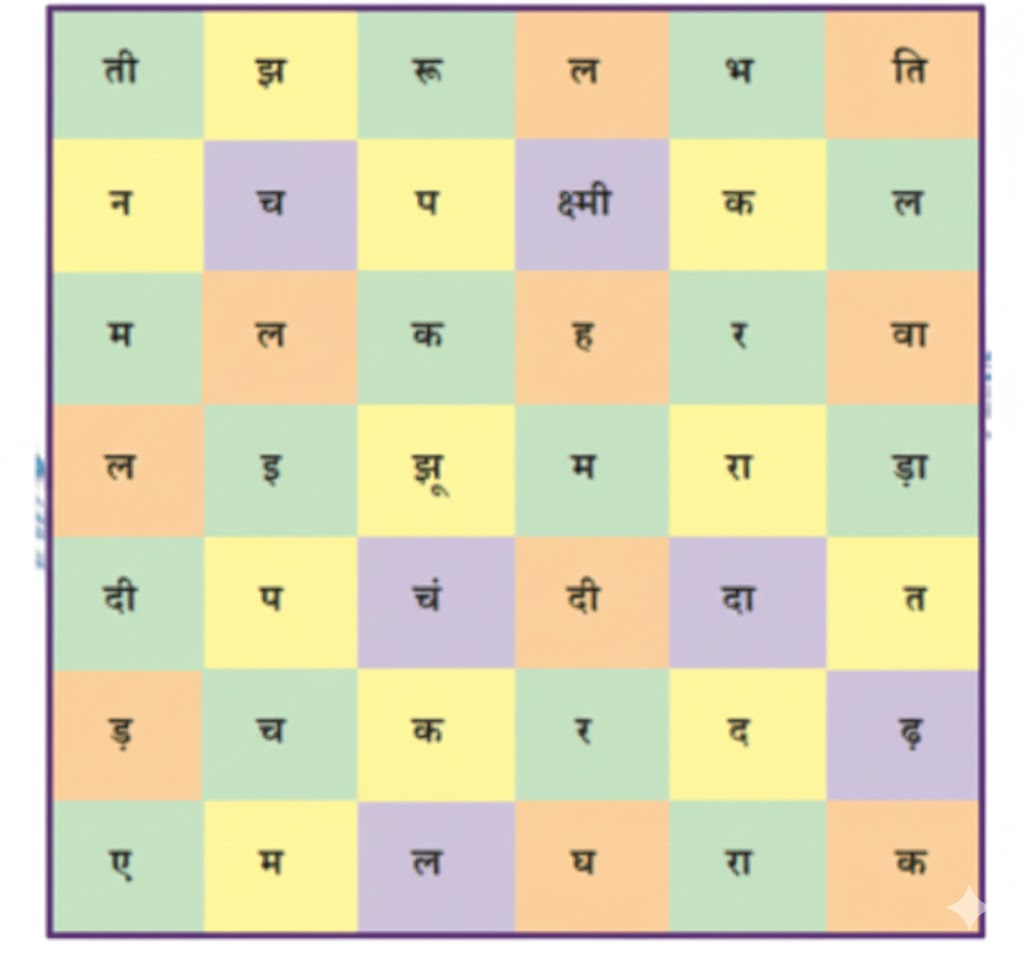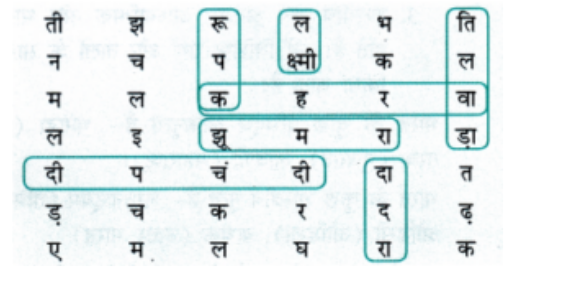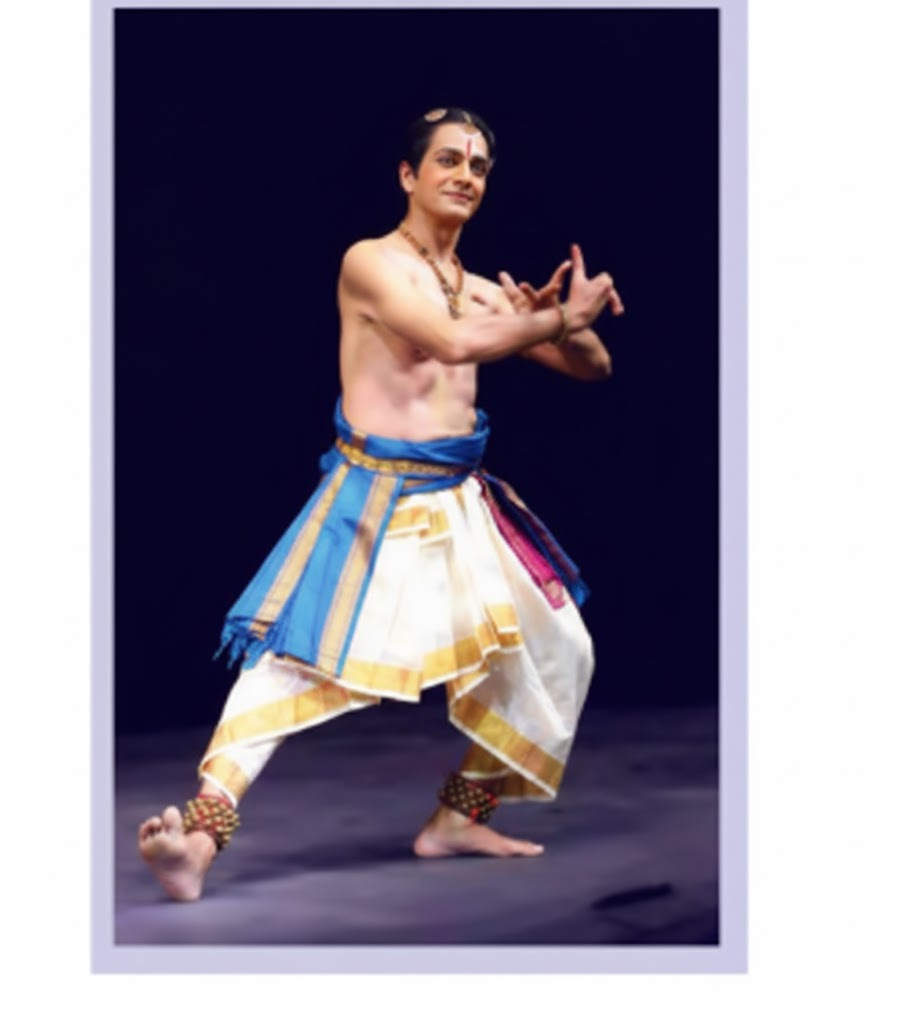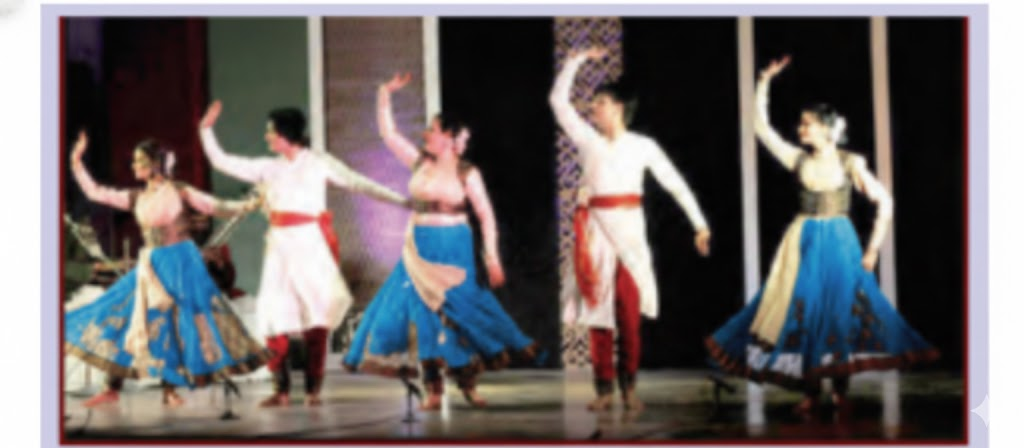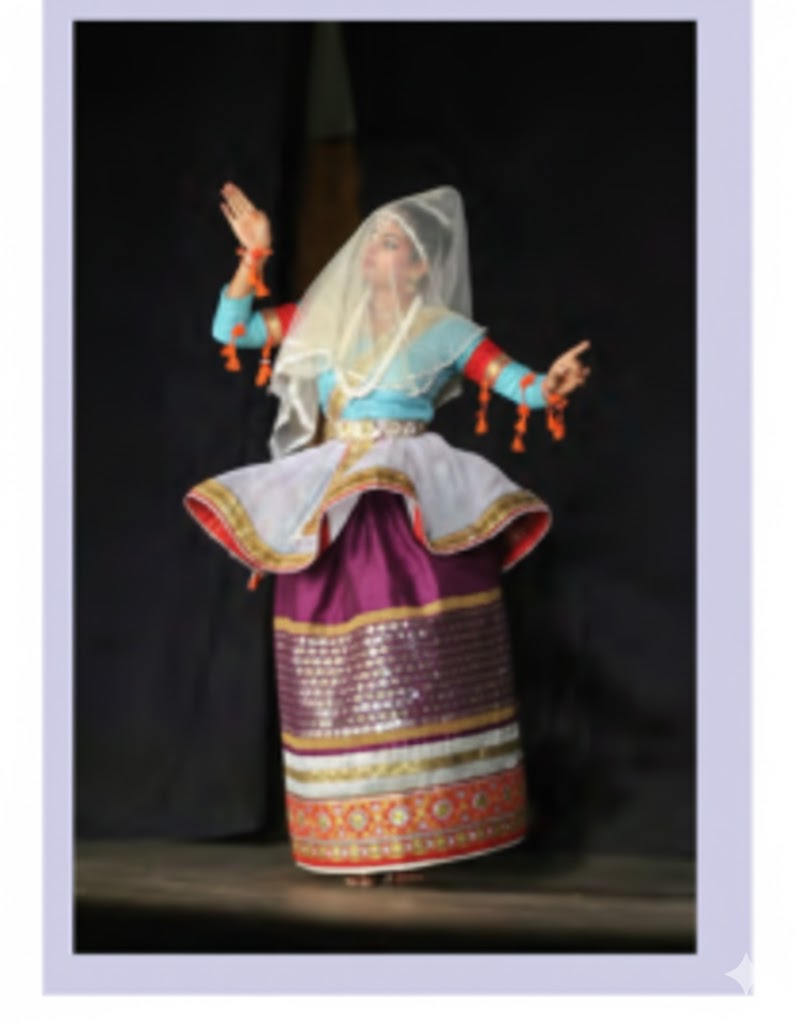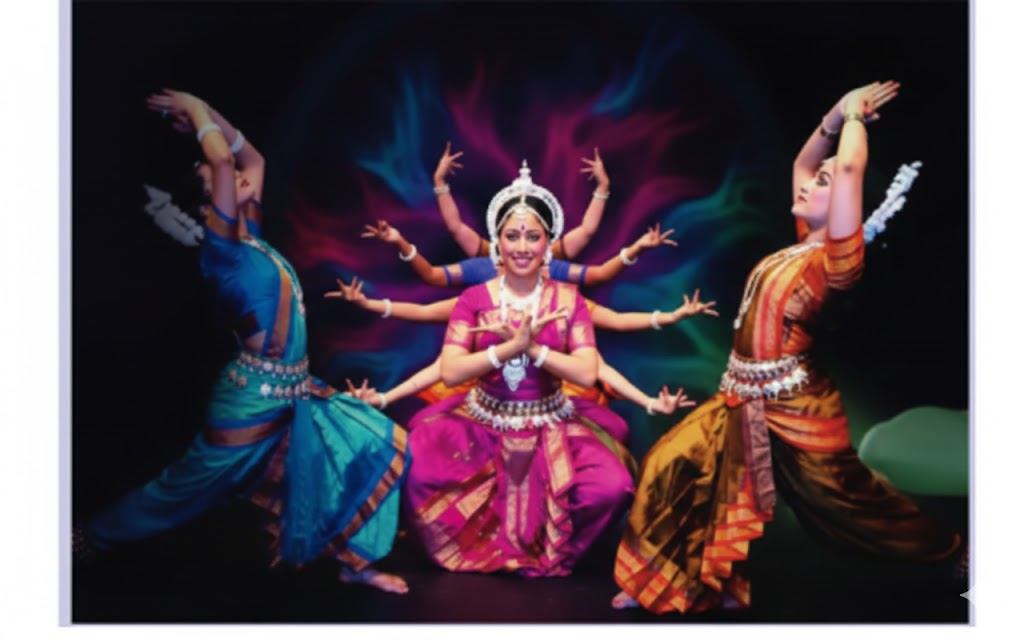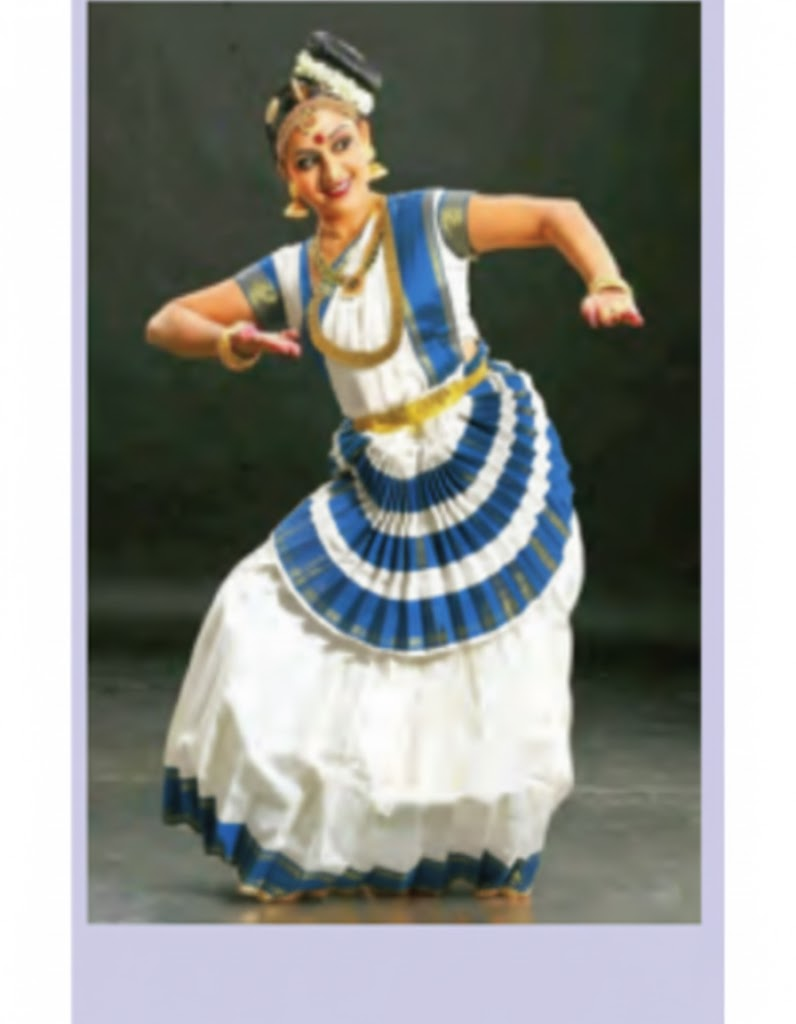How to Write Stepwise Answers for Hindi Chapter 8 Birju Maharaj Se Sakshatkaar
FAQs on NCERT Solutions For Class 7 Hindi (Malhar) Chapter 8 Birju Maharaj Se Sakshatkaar 2025-26
1. What are NCERT Solutions for Class 7 Hindi Chapter 8 Birju Maharaj Se Sakshatkaar?
The NCERT Solutions for Class 7 Hindi Chapter 8 Birju Maharaj Se Sakshatkaar provide accurate, stepwise answers for all textbook questions, helping students prepare thoroughly for exams. These solutions offer:
- Detailed explanations based on CBSE marking scheme
- Coverage of intext, back exercise, and exemplar questions
- Support for exam revision and improving answer structure
2. How do I write stepwise NCERT answers in Hindi to score full marks in CBSE exams?
To score full marks, structure your answers stepwise as per NCERT Solutions for Hindi:
- Begin with a clear, direct statement answering the question
- Use key terms and phrases from the chapter (Birju Maharaj Se Sakshatkaar)
- For long answers, write in points or short paragraphs for clarity
- Include examples or supporting details only if asked
- Follow CBSE marking guidelines for length and keywords
3. Are diagrams or definitions mandatory in Class 7 Hindi Chapter 8 answers?
Diagrams are generally not required in most Hindi literature chapters, unless specified in the question. However:
- Use definitions where questions ask for meaning or explanation
- In language-based questions, focus on word meanings, uses, and examples
4. Which questions are most likely to come from Birju Maharaj Se Sakshatkaar in school exams?
Questions from Birju Maharaj Se Sakshatkaar often cover:
- Short and long answer questions on main events of the chapter
- Important definitions or terms mentioned in the text
- Questions on values, themes, and personal responses related to Birju Maharaj's life and work
- Extract-based questions from dialogue or narrative
5. Where can I download the NCERT Solutions PDF for Class 7 Hindi Chapter 8?
The NCERT Solutions PDF for Class 7 Hindi Chapter 8 (Birju Maharaj Se Sakshatkaar) is available for free download on trusted educational websites. Steps:
- Visit a CBSE-aligned platform with Class 7 Hindi resources
- Locate Chapter 8 NCERT Solutions PDF
- Click the download link for offline study
6. How should I structure long answers for Birju Maharaj Se Sakshatkaar to get better marks?
For long answers in Class 7 Hindi Chapter 8, follow this format:
- Begin with a direct introduction or summary sentence
- Use 2-3 well-structured paragraphs or bullet points
- Include key details, supporting examples, and relevant definitions
- Conclude with a short statement linking to the question's core idea
7. What are the key topics and themes covered in NCERT Solutions Chapter 8 Birju Maharaj Se Sakshatkaar?
The main topics and themes of Chapter 8 Birju Maharaj Se Sakshatkaar include:
- Biography and achievements of Pandit Birju Maharaj
- His contribution to Kathak dance and Indian culture
- Life values, dedication, and inspiration for students
- Major events and turning points in Birju Maharaj's life
8. How can I revise Class 7 Hindi Chapter 8 quickly before exams?
To quickly revise Birju Maharaj Se Sakshatkaar before exams:
- Read bullet point summaries and key definitions from revision notes
- Practice with stepwise NCERT Solutions for all exercises
- Attempt important questions and MCQs for the chapter
- Take a quick flashcard test of major terms and events
9. Are NCERT Solutions enough for Class 7 Hindi exams?
NCERT Solutions are sufficient for CBSE Class 7 Hindi exams if you understand the concepts and answer structure. To score well:
- Focus on conceptual clarity and stepwise presentation
- Revise using additional revision notes or important questions for extra practice
10. How to present long answers to match CBSE marking?
Always start with a direct answer, followed by detailed points or examples. To match CBSE marking:
- Highlight keywords and definitions
- Keep your answer clear, well-structured, and within the word limit
- Summarise with a strong concluding sentence
11. What are the most important topics from this chapter?
The most important topics from Birju Maharaj Se Sakshatkaar are:
- Biography and dance contributions of Birju Maharaj
- His dedication and achievements
- Impact of Kathak on Indian art and culture
- Value-based questions on inspiration and perseverance
12. Do examiners award partial marks for correct steps even if the final answer is wrong?
Yes, CBSE examiners often give partial marks if you write correct steps or explanations even when the final answer is incomplete or slightly incorrect. To maximise marks:
- Always show your work or reasoning stepwise
- Include key points and terms in your answer






















